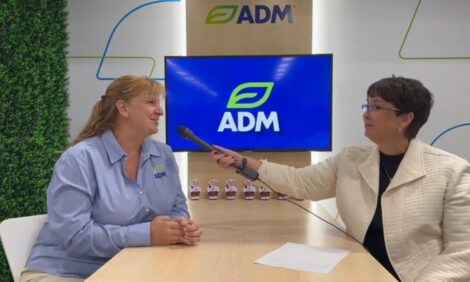



Castration of bull calves
Castration techniques used in the US, UK and EUCastration is one of the oldest and most common surgical procedures done on beef cattle. The reasons that bulls are castrated include:
- controlling which males are allowed to breed females
- produce animals that are easier to manage due to decreased aggressive and sexual behavior
- produce a carcass that is higher quality
A variety of simple surgical techniques can be used to castrate a bull. Young bull calves less than 250 lbs. are usually castrated lying down or in a calf cradle. Older and larger bull calves are generally castrated in the standing position in a squeeze chute. Regardless of the position, proper castration technique and good sanitation are important to minimize problems following castration.
For commercial producers, bull calves should be castrated as young as is practical for the farm or ranch. Purebred producers castrate a smaller percentage of bull calves than commercial producers and prefer to delay castration until the calves have an opportunity to express growth and other traits. Weight gain of bulls castrated at a young age and treated with a growth-promoting implant will equal that of calves left as bulls until weaning – thus removing an economic incentive to delay castration.
One reason it is recommended that castration be done at a young age is that bulls castrated at weaning age (i.e. 6-8 months) will gain very poorly or will lose weight following the surgery and are at higher risk for post-castration infection or excessive bleeding than younger calves. In addition, castration is starting to receive more attention from an animal welfare standpoint.
The reason that producers need to consider the welfare aspects of castration is that all physical methods of castration cause pain. The extent and duration of pain probably differs between castration methods, and more work needs to be done to identify the least painful procedures. Age at castration also appears to affect the pain response in castrated bulls, with some research trials demonstrating fewer indications of pain in calves castrated at less than a week of age compared to older calves; and other trials show apparently less pain response in calves castrated less than 21 days of age compared to 42 day old calves.
As we look at other countries and how they view castration of bulls – in England, regulations require that any bull greater than two months of age be given local anesthesia to deaden the ability to feel pain at the castration site and the surgery must be done by a veterinarian. Anesthesia and pain medication are required for castration in several northern European countries. Anesthesia is also required for castration of bulls in Switzerland and the use of rubber rings is prohibited.
Regulations in Ireland require use of anesthesia for castration of cattle older than six months of age. In the United States, few drugs are approved for use to control pain in cattle and while research has not clarified the best combination of products, utilizing one or more methods of pain control at the time of castration is becoming common in the US as well.
Image courtesy of South Dakota State University.


